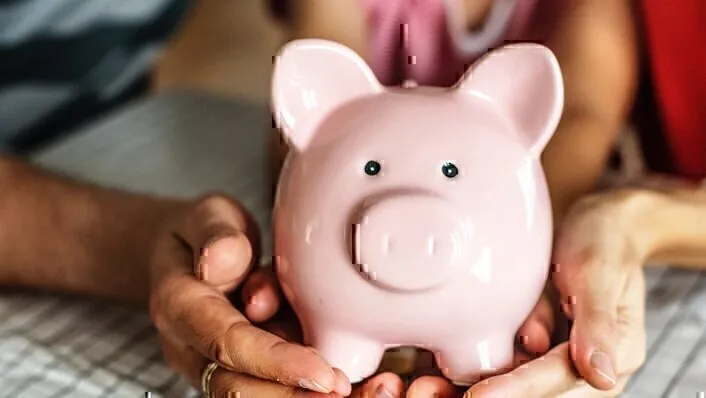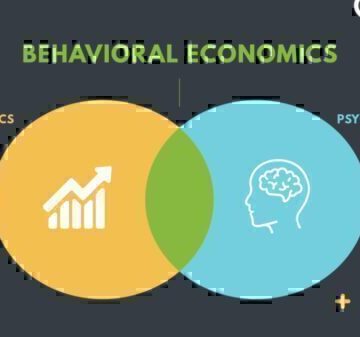Tips for Better Budgeting
Whichever method or tools you use to develop a budget, these three steps are always the same. Follow these budgeting steps to learn how much money you have available to spend, and make decisions about where you should spend it.
Step 1 – Determine Monthly Income
Your first budgeting step is to determine your monthly income. This includes what you earn from your job, plus any other sources of income. For example, if you earn regular money babysitting for a relative or receive child support, it should all be included in your budget.
Figure out your net income, also known as your take-home pay. This is the amount of money you receive after taxes and other deductions (health and life insurance, 401k contributions, etc.), and the amount of money you have available to spend in your budget.
After you become comfortable managing your money on a monthly basis, you may want to consider a six-month plan and, eventually, work up to a yearly budget.
Step 2 – Identify High-Priority Bills
Your next budgeting step is to determine your high-priority bills. Examples include a mortgage or rent payment, basic utilities, auto payment, and insurance premiums. These payments are generally fixed, and you are expected to pay them every month. Some bills, such as insurance, are paid periodically. For this type of bill, budget by dividing the amount of the expense over the appropriate number of months (i.e., a quarterly payment would be divided over three months).
Step 3 – Estimate Other Expenses
After subtracting the priority bills from your net income, you will ideally still have money left for other important items, such as groceries, gasoline, and credit cards.
The first time you set up a budget, it may be hard to determine how much you will spend on groceries or gas. So the next step is to try your best to estimate these amounts, and track your spending to monitor the accuracy of your estimates. Comparing your estimates to how much you actually spend will help you adjust your budgeting amounts for the next month.
A Note About Discretionary Spending
Discretionary spending is the amount of money you spend on non-essential purchases. These are things like entertainment, meals at restaurants, gifts, toys and other purchases.
Most people are surprised at how much money they spend on non-essential items. Set aside funds to cover your high priority bills first. Allocate a reasonable amount of money for miscellaneous purchases, such as dining out and entertainment.
For example, if you’ve been spending $100 per month on dining out, consider allowing only $50 in your budget. Then, after spending your allocated amount, don’t spend any more in that expense category. It takes discipline, but is well worth it. The money you save can go toward building up your emergency savings account, paying down your debts, saving for retirement, or maybe even paying for a vacation.
It may be difficult at first, but most changes are not easy. You’re changing your mindset and attitude toward money, and that takes time. But the longer you do it, the easier it becomes. It won’t be too long before your budget becomes a habit.
GreenPath Financial Service
GreenPath, A Financial Resource
If you’re interested in building healthy financial habits, paying down debt, or saving for what matters most, take a look at these free financial tools.










